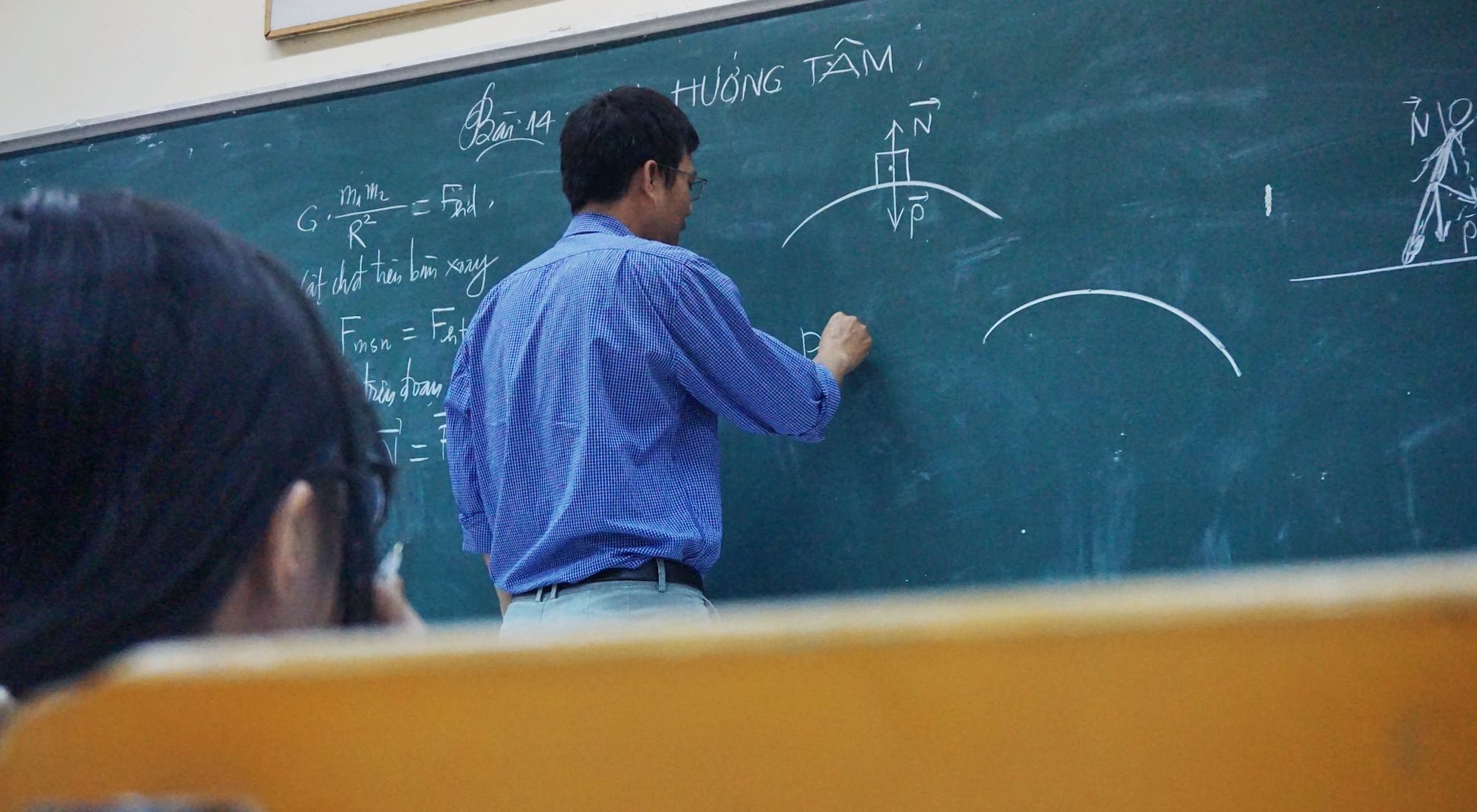What will classrooms look like in the future? Julie Smith, aka The Techie Teacher, gives us her predictions
The future of classrooms

As I sit back and reflect on the last thirteen years I have been working in the elementary education field it blows my mind how much schooling has changed and continues to rapidly evolve. The traditional classroom pictured below in which individual desks are in rows facing the front of the room is becoming obsolete.
As education strives to become less teacher-centered, classroom teachers are ditching traditional teaching practices and classroom set-ups for more student-centered approaches. The trend of flexible seating is becoming increasingly popular in which students can choose where to sit and have more opportunity for movement throughout the day. I recently created a video, Classroom Cribs, in which a second-grade teacher took me on a tour of several different classrooms in her school. Click HERE to see how today’s classrooms are being set up.
Flexible seating
Gone are the days in which the teacher stands in front of the room lecturing and having students absorb information from a textbook. Chalkboard and marker boards have been replaced with interactive boards, document cameras or projectors. All of these changes help promote personalized learning experiences and engage students in a more collaborative learning environment as they work together to explore academic concepts.
Shy and reserved students now are capable of participating in classroom activities thanks to a variety digital tools and apps that allow for anonymous interaction, typed responses as well as recorded videos that can be created in a private atmosphere. Students with attention issues are having their needs met by having interactive, personalized lessons delivered straight to their working area, available within an arm’s reach, thanks to digital devices.
Educational technology has made its way into classrooms and is providing rich learning experiences and opportunities when used effectively. What was once a problem of not having enough access to technology in schools is morphing into not having enough professional development for teachers to keep up with the latest technological advances that are needed to equip children for their future.
There has been a shift in more digitized lessons which provide more opportunities for differentiation. However, I am a huge advocate of what is known as “blending learning” in which educators incorporate traditional teaching practices with web-based learning. As children are growing up with technology both at home and at schools it has been reported that a deterioration of their motor skills has resulted due to too much touch-screen time and very little time spent learning how to hold a writing utensil. Moderation and variety are key for classrooms of all ages and abilities.

Practically every study circulating around the internet reports that future employers will be looking for certain skills that pertain to what educators know as “The Four C’s”: communication, collaboration, critical thinking and problem-solving. Therefore, we have seen coding and programming make its way into the classroom, even in the primary grades, to help facilitate critical thinking and problem-solving.
Augmented reality and virtual reality are appearing in more and more classrooms to bring real-life learning experiences to students that they would never grasp just by reading a textbook. 3D printing in the classroom has exploded as students are learning how to design and print models that can help solve problems or simply bring concepts to life in the palm of their hand. Students are being exposed and expected to use collaborative workspaces like Google Drive, OneDrive and other digital tools to work together in a digital environment. STEM/STEAM and project-based learning are becoming increasingly popular as well to help our students understand what it means to be an engineer.

Today’s children are beginning to create an online presence at a very early age. Therefore it is crucial that educators and parents reinforce the importance of what it means to be a responsible digital citizen. Curriculum for digital citizenship is making its way into the educational setting and continues to expand. Cyberbullying, online safety, digital privacy, digital security, digital reputation as well as self-image & identity are among the many topics that are being addressed in today’s classrooms.
With all of these advances happening in education it is vital that educators embrace these changes to prepare their students for what lies ahead. Aside from academic concepts, students need to learn, practice and master skills that will mold them into successful communicators, collaborators, critical thinkers, problem solvers and creators. After all, educators and parents have the important job of preparing students for their future jobs–jobs that haven’t yet even been invented.